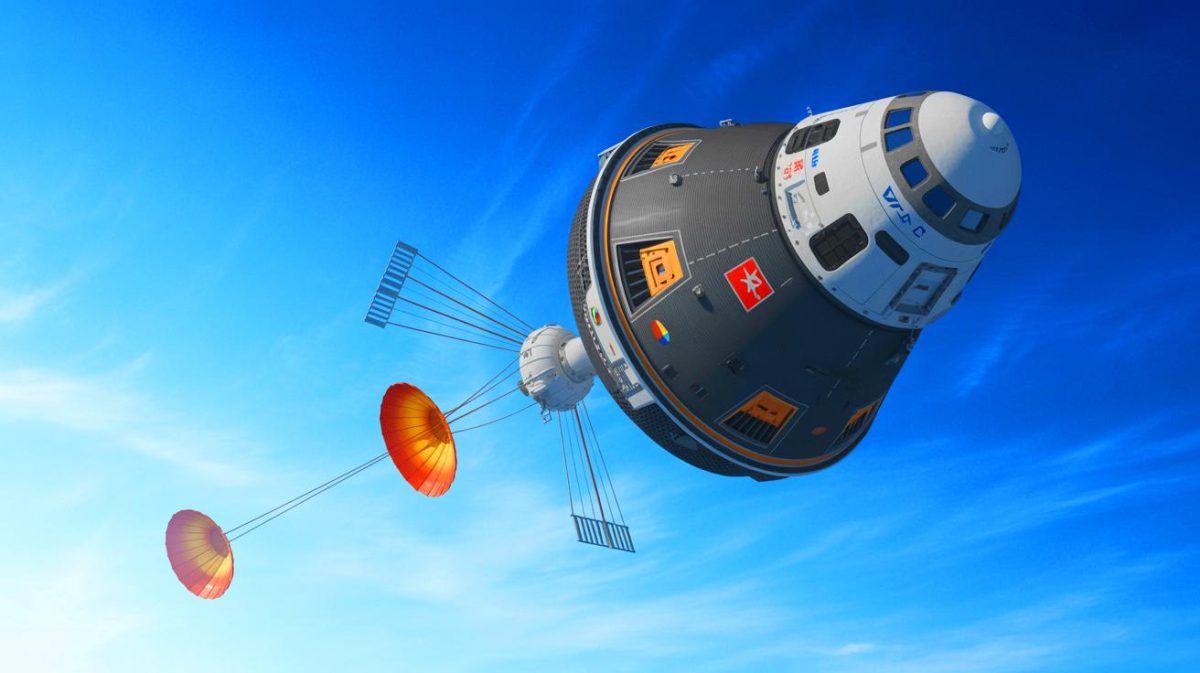| IN A NUTSHELL |
|
In a stunning display of technological prowess, China has successfully conducted a crucial crew capsule escape test for its next-generation spacecraft. This pivotal test marks a significant milestone as China aims to achieve its first crewed lunar landing before 2030. The Mengzhou, or “Dream Vessel,” spacecraft’s escape test not only underscores China’s commitment to advancing human space exploration but also highlights the nation’s growing capabilities in astronaut safety and mission readiness. As NASA grapples with uncertainties in its Artemis program, China’s focused efforts in the race to the Moon are capturing the world’s attention.
Mission Milestones Take Flight
The recent escape test of the Mengzhou manned spacecraft represents a groundbreaking achievement for China’s space exploration endeavors. At precisely 12:30 p.m., the escape engines ignited, propelling the spacecraft-and-tower assembly skyward with remarkable precision. Within a mere 20 seconds, the return capsule successfully separated from the escape tower, deploying its parachute and landing safely, cushioned by an innovative airbag system.
This test, the first of its kind in 27 years, is a testament to the vehicle’s capability to extract astronauts from potential launch emergencies. The China Manned Space Engineering Office (CMSEO) emphasized that this success marks a key milestone for China’s new crewed spacecraft, distinguishing it from the previous Shenzhou model by its independent escape and rescue functions. Notably, the Mengzhou is designed to accommodate up to seven astronauts, offering a comprehensive evaluation of its escape and rescue subsystems.
By confirming the accuracy and compatibility of critical designs, including escape sequencing and closed-loop trajectory control, the test captured invaluable real flight data. As a fully homegrown spacecraft, the Mengzhou meets internationally advanced standards, showcasing China’s commitment to pioneering advancements in crewed space missions.
Race to Lunar Readiness
With the Mengzhou spacecraft at the forefront, China is making rapid strides in its quest for lunar exploration. This spacecraft is poised to become the backbone of missions, including space station support and crewed lunar exploration, marking a major leap in China’s human spaceflight capabilities. The successful escape test serves as a foundational step in preparing for future lunar missions, according to the CMSEO.
China’s ambitious plans extend beyond the spacecraft, as the development of other critical components, such as the Long March-10 carrier rocket and a lunar lander, continues steadily. With additional tests scheduled, China is clearly positioning itself as a formidable contender in the global space race. While slightly trailing the U.S. in its crewed lunar timeline, China’s momentum is undeniable, especially as NASA’s Artemis program faces uncertainties.
The White House’s proposed 2026 budget, which suggests the cancellation of the Orion spacecraft and Space Launch System (SLS) rocket after Artemis 3, raises questions about the future of NASA’s lunar missions. In contrast, China’s focused efforts are capturing the attention of space enthusiasts worldwide, highlighting a potential shift in the balance of space exploration capabilities.
Technological Advancements and Global Implications
China’s successful escape test not only demonstrates the nation’s technological advancements but also has significant global implications. As countries around the world vie for dominance in space exploration, China’s achievements signal a shift in the landscape of international space endeavors. The Mengzhou spacecraft, with its modular design and capacity for up to seven astronauts, is setting new benchmarks in performance and safety standards.
This test underscores China’s commitment to becoming a major player in space exploration, challenging traditional leaders like the United States. As the global community watches closely, China’s progress in developing advanced space technologies continues to intrigue and inspire. The successful execution of the escape test not only enhances China’s reputation but also adds a new dimension to the competitive dynamics of space exploration.
Future Prospects and Challenges
As China continues its pursuit of lunar exploration, the road ahead is filled with both opportunities and challenges. The Mengzhou spacecraft’s successful escape test is a significant step, but the journey to achieving a crewed lunar landing involves numerous complexities. From perfecting the Long March-10 carrier rocket to ensuring the readiness of a lunar lander, China’s space program is navigating a complex web of technological and logistical hurdles.
While the nation has made commendable progress, the global space community eagerly anticipates how China will address these challenges. As the race to the Moon intensifies, the world is keenly observing China’s strategic moves and technological advancements. How will China’s continued efforts in space exploration shape the future of lunar exploration and its position on the global stage?
Did you like it? 4.5/5 (27)







Wow, c’est un grand pas pour la Chine! 🚀
Est-ce que ce test signifie que la Chine devancera les États-Unis dans la course à la lune?
Merci pour cet article fascinant, c’est incroyable de voir comment la technologie progresse. 😊
Je suis sceptique… Peut-on vraiment croire que tout s’est déroulé sans accroc?
Félicitations à la Chine pour cette réussite impressionnante! 🌕
Quel impact cela aura-t-il sur la collaboration internationale dans l’espace?
Ça me rappelle un film de science-fiction! 🤖
Mon dieu, ils vont vraiment sur la lune dans moins de 10 ans?